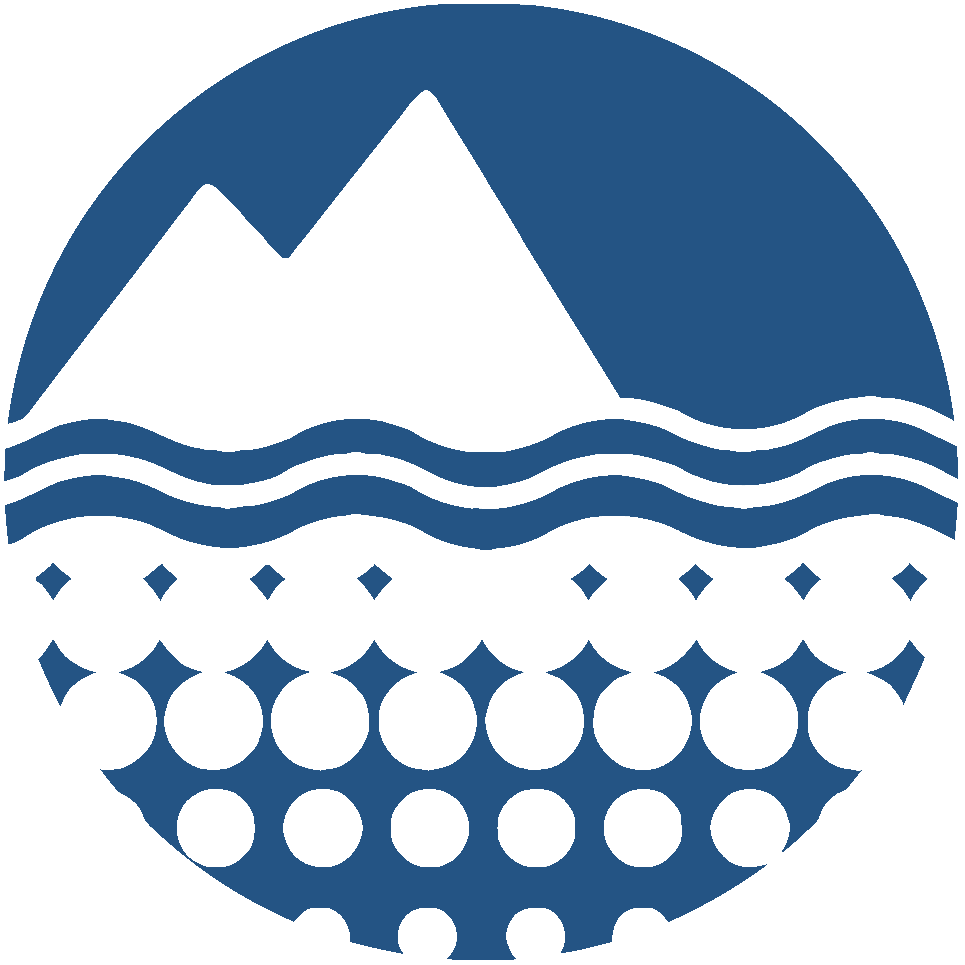{"dp_type": "Dataset", "free_text": "Ferrar Magmatic Province"}
[{"awards": "1918338 VanTongeren, Jill", "bounds_geometry": null, "date_created": "Tue, 18 Nov 2025 00:00:00 GMT", "description": "The ~ 182 Ma Dufek Intrusion of Antarctica, associated with the Ferrar Dolerite Province, is a large layered mafic intrusion that is estimated to be similar in size to the 8-9 km thick Bushveld Complex. Similar to the Bushveld Complex, the Dufek Intrusion displays a consistent stratigraphic progression of fractional crystallization all the way to the roof of the intrusion and contact with overlying granophyre. In this study, we test competing hypotheses for the \u0027big tank\u0027 vs. \u0027out-of-sequence emplacement\u0027 models for layered intrusions by presenting high precision CA-ID-TIMS zircon U-Pb ages, zircon \u03b5Hf, and zircon trace element compositions of 10 samples throughout the Dufek Intrusion stratigraphy. Our results suggest that the majority of zircon found in layered mafic intrusions is crystallized from the interstitial melt within the cumulate mush pile and cannot record the high temperature crystallization of the original magma. Cooling durations to the 800\u00b0C isotherm recorded by the zircons are consistent with 1D thermal modeling of conductive cooling of a single 6-7 km thick magma chamber emplaced in the shallow crust, rather than two separate intrusions as previously proposed. We suggest that there is little to no missing stratigraphy separating the outcrops in the Forrestal Range and Dufek Massif in the Dufek Intrusion, but the two exposures are instead separated by a fault buried beneath the Sallee Snowfield. Our conclusion is consistent with available geochronology, geochemistry and geophysical observations in the region.", "east": null, "geometry": null, "keywords": "Antarctica; Cryosphere; Ferrar Magmatic Province; Geochronology; Zircon", "locations": "Antarctica; Ferrar Magmatic Province", "north": null, "nsf_funding_programs": "Antarctic Earth Sciences", "persons": "VanTongeren, Jill", "project_titles": "The Dufek Intrusion Ages: Crystallization or Cooling?", "projects": [{"proj_uid": "p0010505", "repository": "USAP-DC", "title": "The Dufek Intrusion Ages: Crystallization or Cooling?"}], "repo": "USAP-DC", "repositories": "USAP-DC", "science_programs": null, "south": null, "title": "Zircon geochronology constraints on the geometry and solidification timescales of the Dufek layered mafic intrusion, Antarctica", "uid": "601997", "west": null}]
X
X
Help on the Results MapX
This window can be dragged by its header, and can be resized from the bottom right corner.
Clicking the Layers button - the blue square in the top left of the Results Map - will display a list of map layers you can add or remove
from the currently displayed map view.
The Results Map and the Results Table
- The Results Map displays the centroids of the geographic bounds of all the results returned by the search.
- Results that are displayed in the current map view will be highlighted in blue and brought to the top of the Results Table.
- As the map is panned or zoomed, the highlighted rows in the table will update.
- If you click on a centroid on the map, it will turn yellow and display a popup with details for that project/dataset - including a link to the landing page. The bounds for the project(s)/dataset(s) selected will be displayed in red. The selected result(s) will be highlighted in red and brought to the top of the table.
- The default table sorting order is: Selected, Visible, Date (descending), but this can be changed by clicking on column headers in the table.
- Selecting Show on Map for an individual row will both display the geographic bounds for that result on a mini map, and also display the bounds and highlight the centroid on the Results Map.
- Clicking the 'Show boundaries' checkbox at the top of the Results Map will display all the bounds for the filtered results.
Defining a search area on the Results Map
- If you click on the Rectangle or Polygon icons in the top right of the Results Map, you can define a search area which will be added to any other search criteria already selected.
- After you have drawn a polygon, you can edit it using the Edit Geometry dropdown in the search form at the top.
- Clicking Clear in the map will clear any drawn polygon.
- Clicking Search in the map, or Search on the form will have the same effect.
- The returned results will be any projects/datasets with bounds that intersect the polygon.
- Use the Exclude project/datasets checkbox to exclude any projects/datasets that cover the whole Antarctic region.
Viewing map layers on the Results Map
To sort the table of search results, click the header of the column you wish to search by. To sort by multiple columns, hold down the shift key whilst selecting the sort columns in order.
| Dataset Title/Abstract/Map | NSF Award(s) | Date Created | PIs / Scientists | Project Links | Abstract | Bounds Geometry | Geometry | Selected | Visible |
|---|---|---|---|---|---|---|---|---|---|
|
Zircon geochronology constraints on the geometry and solidification timescales of the Dufek layered mafic intrusion, Antarctica
|
1918338 |
2025-11-18 | VanTongeren, Jill |
The Dufek Intrusion Ages: Crystallization or Cooling? |
The ~ 182 Ma Dufek Intrusion of Antarctica, associated with the Ferrar Dolerite Province, is a large layered mafic intrusion that is estimated to be similar in size to the 8-9 km thick Bushveld Complex. Similar to the Bushveld Complex, the Dufek Intrusion displays a consistent stratigraphic progression of fractional crystallization all the way to the roof of the intrusion and contact with overlying granophyre. In this study, we test competing hypotheses for the 'big tank' vs. 'out-of-sequence emplacement' models for layered intrusions by presenting high precision CA-ID-TIMS zircon U-Pb ages, zircon εHf, and zircon trace element compositions of 10 samples throughout the Dufek Intrusion stratigraphy. Our results suggest that the majority of zircon found in layered mafic intrusions is crystallized from the interstitial melt within the cumulate mush pile and cannot record the high temperature crystallization of the original magma. Cooling durations to the 800°C isotherm recorded by the zircons are consistent with 1D thermal modeling of conductive cooling of a single 6-7 km thick magma chamber emplaced in the shallow crust, rather than two separate intrusions as previously proposed. We suggest that there is little to no missing stratigraphy separating the outcrops in the Forrestal Range and Dufek Massif in the Dufek Intrusion, but the two exposures are instead separated by a fault buried beneath the Sallee Snowfield. Our conclusion is consistent with available geochronology, geochemistry and geophysical observations in the region. | [] | [] | false | false |

